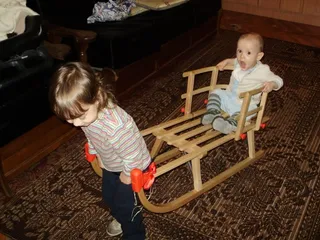Presenting
I occasionally do small presentations. Most of them are inside jobs, but sometimes I do find myself in front of unknown people. Here are some tips that I found useful.
Rehearse
Nothing is more important than rehearsing your speech before giving it. You don’t need to do it dozen of times, one or two times is enough. Just make sure that you rehearse it as you will give it. Go through all samples and use a clock. Timing is of essence here.
Check a room
Be sure to get overview of room at least few hours (minutes in worst case) before giving a speech. Check everything that you need: power, network, telephone… If you need it for presentations, make sure it is there or that you are aware of problem. Do not allow yourself to do network troubleshooting in front of audience.
Tea
Drink tea, not coffee. I personally tend to be quite speedy presenter and if you combine that with coffee you get really quick talk that nobody can follow. Give people enough time to absorb information as they get it. However, remember that some enthusiasm is quite a good thing.
I know few presenters that have beer before presentation (or even during) but I must confess that it does not work for me. If I want to give presentation it has to be alcohol-free.
Don’t be late
Don’t be an asshole. Be in room as people pour in. Wait if you think that some more people will come in, but be there.


